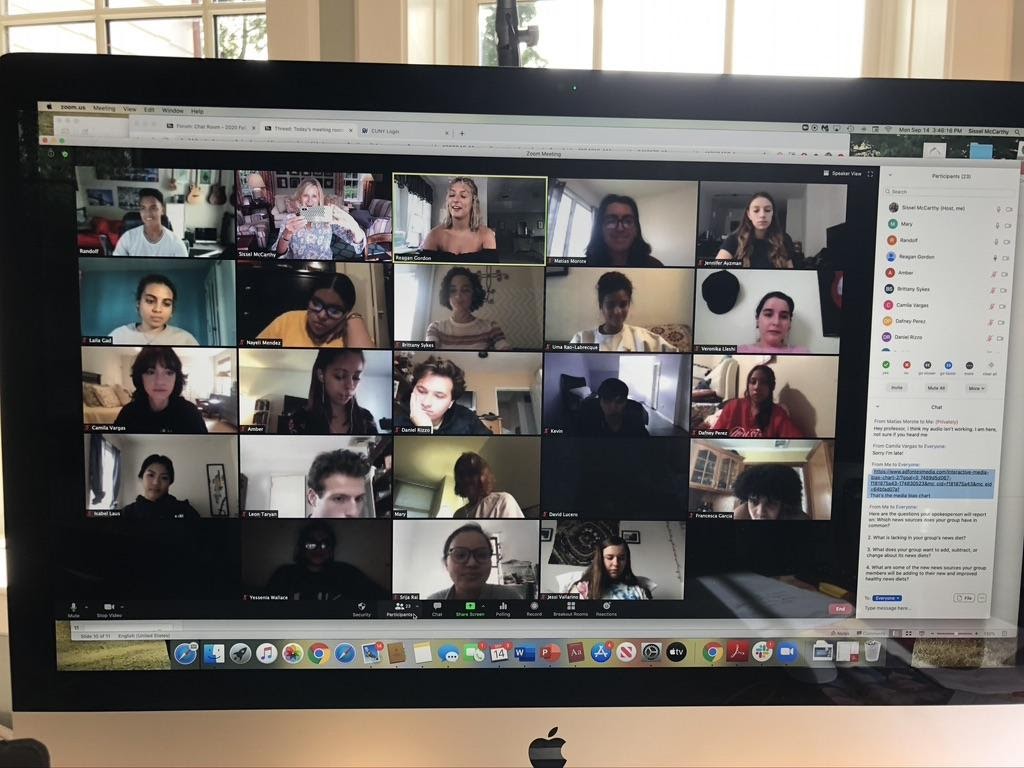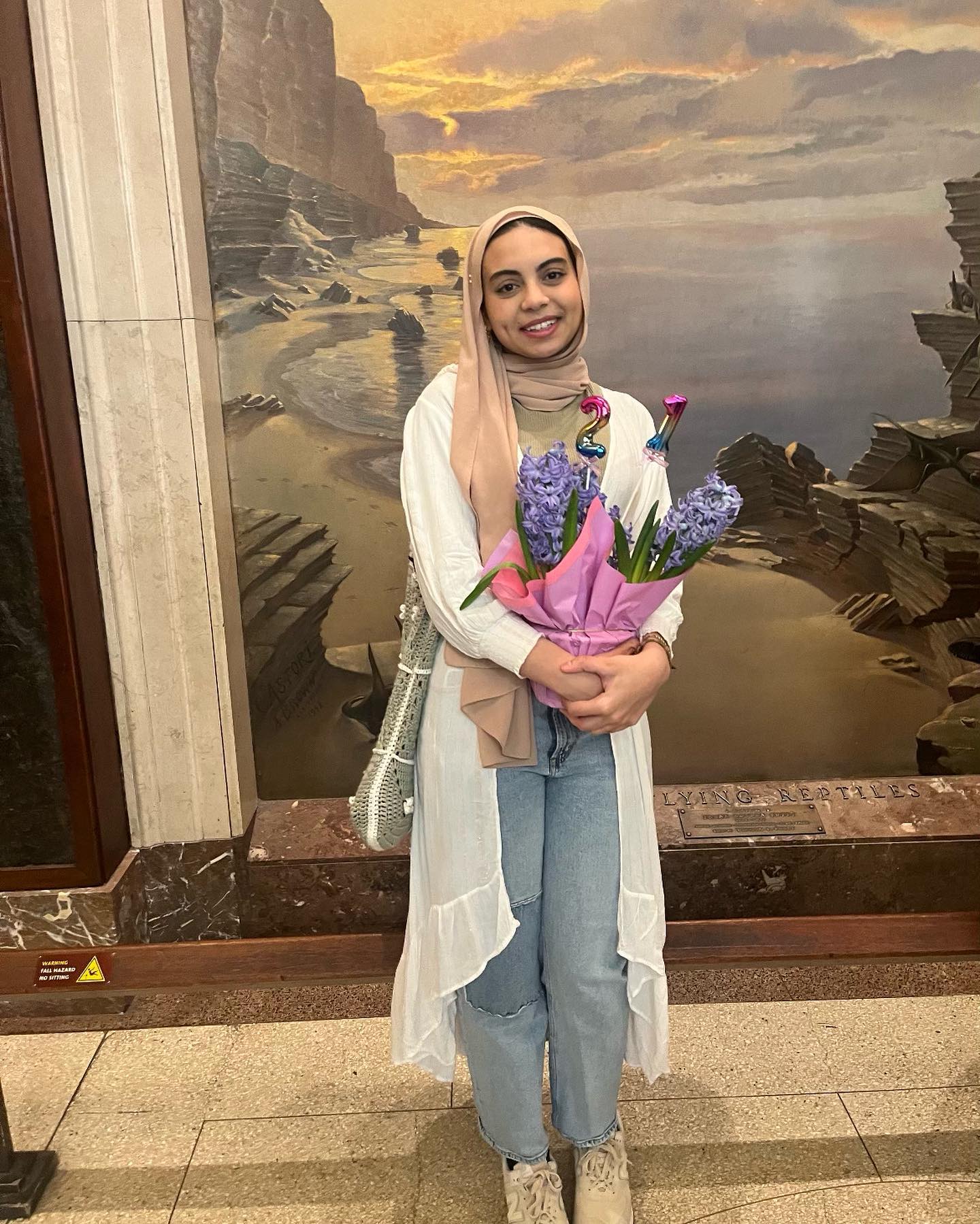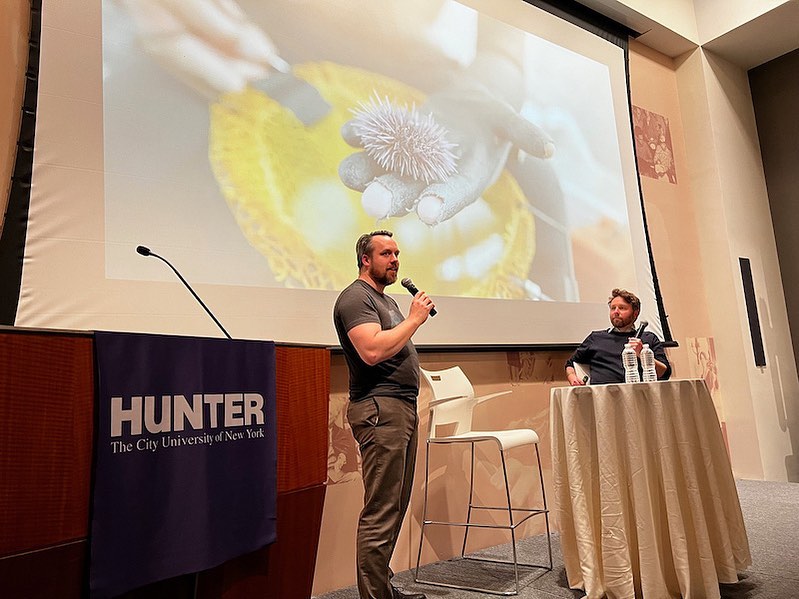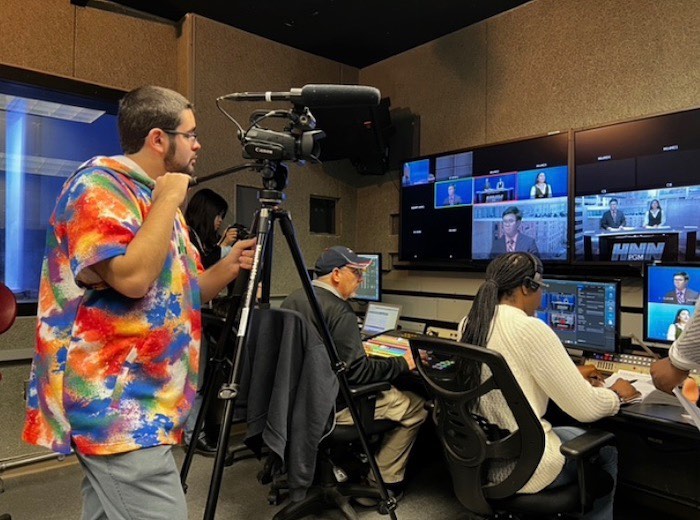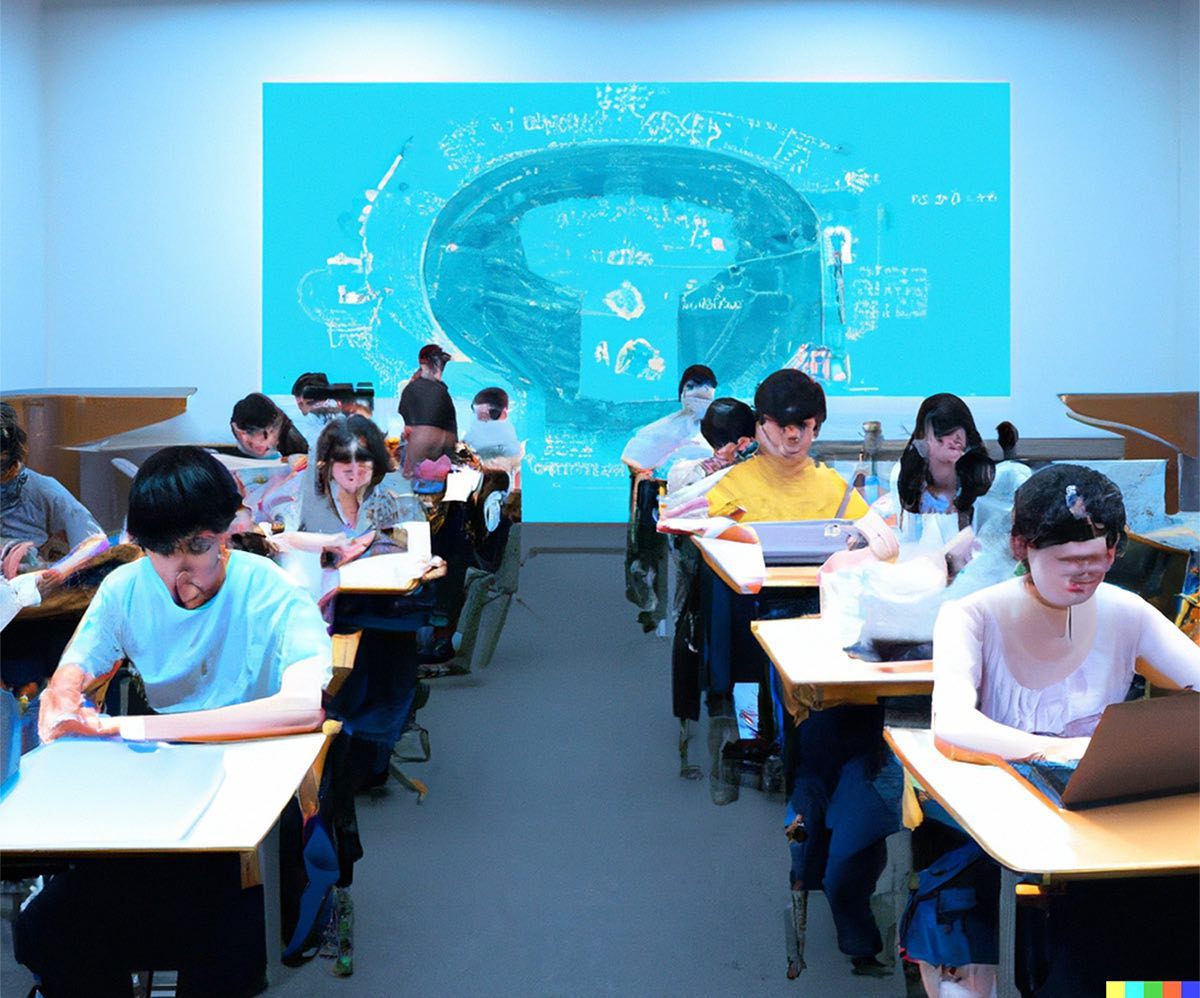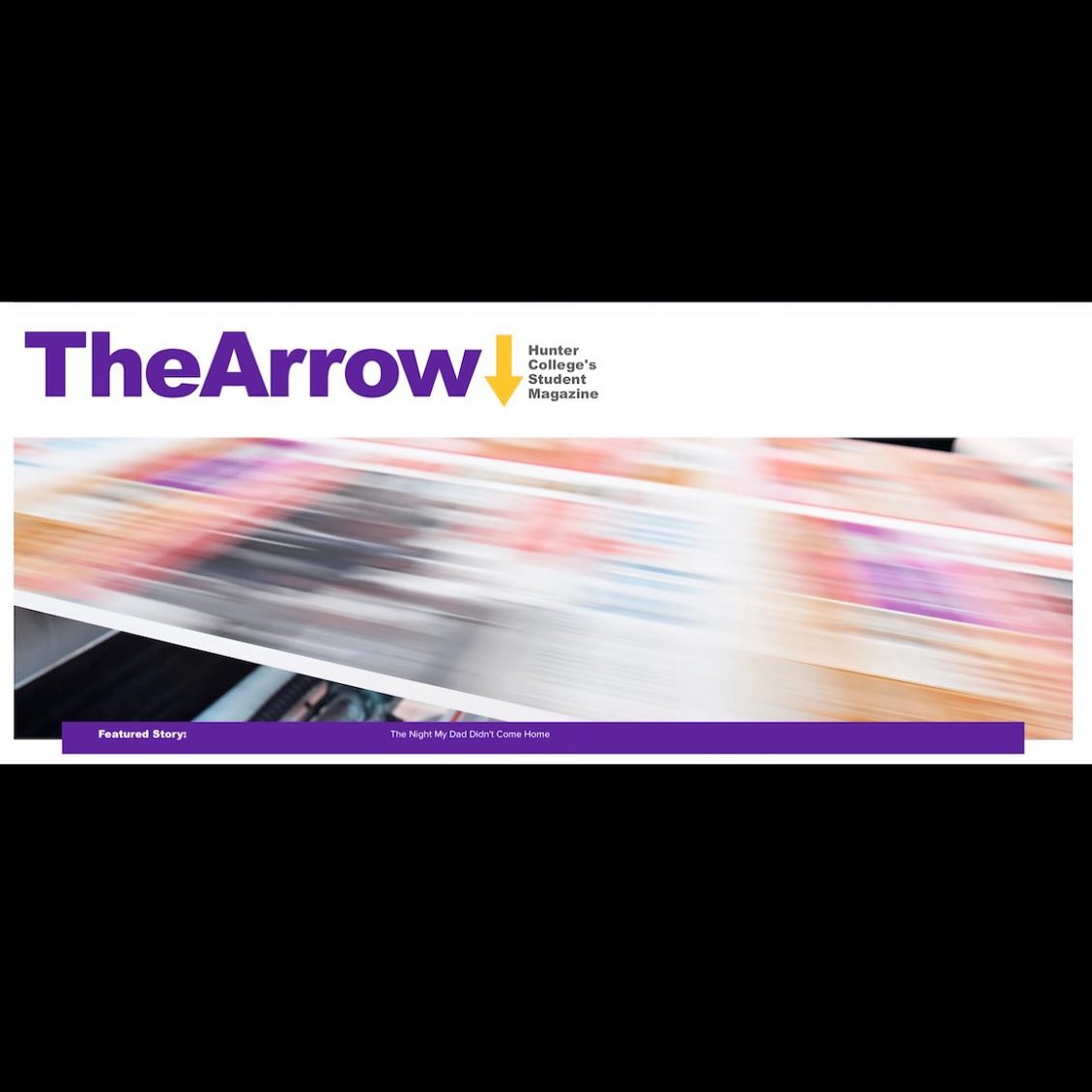Students in Prof. Sissel McCarthy’s News Literacy in a Digital Age class learned that a healthy diet is not just about food anymore. It’s also about the information we consume.
According to Nielsen, U.S. adults now spend more than 12 hours a day connected to some form of media. As alerts flash, news breaks, and unread posts pile up, it’s no wonder students can feel overwhelmed and overloaded.
Credit: Nielson
Fortunately, creating a healthier news diet is a lot like changing our eating habits. Students learned they just have to be more selective about the information they take in every day, minimizing so-called “news junk food” and maximizing “healthy news vegetables.”
As Jessie Conover says in her article, “A Healthy News Diet,” news junk food includes social media feeds, hyper-partisan news that confirms our beliefs, coverage that mocks viewpoints we disagree with, and any clickbait. News vegetables comprise stories from outlets that practice verification, independence, and accountability, thoughtful opinion pieces from people we disagree with, in-depth policy explanations, world news, and news about unfamiliar topics.
You can learn more about how to create your own healthier news diet from the NewsLiteracyMatters.com post, “How do you prevent information overload but stay informed?”

